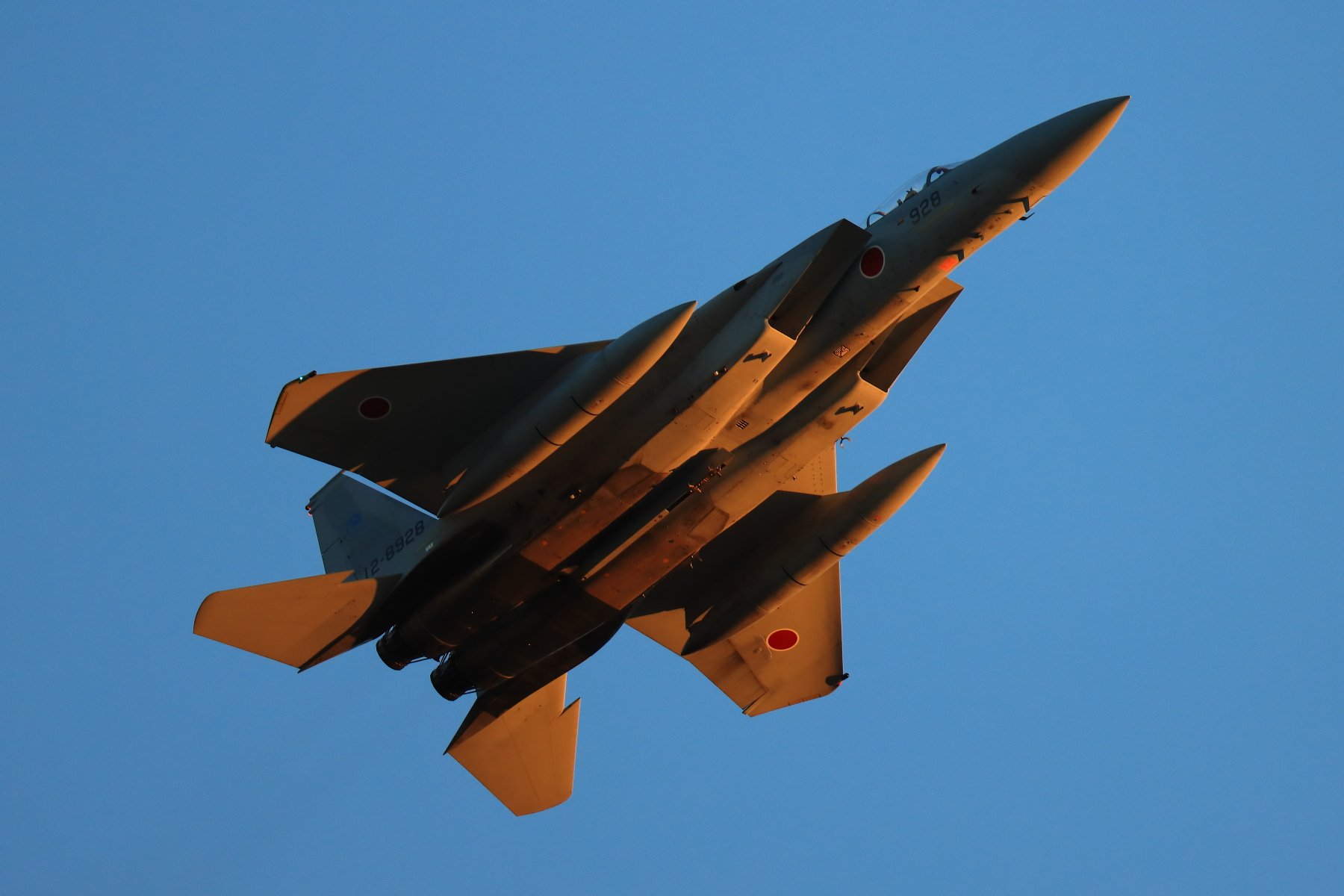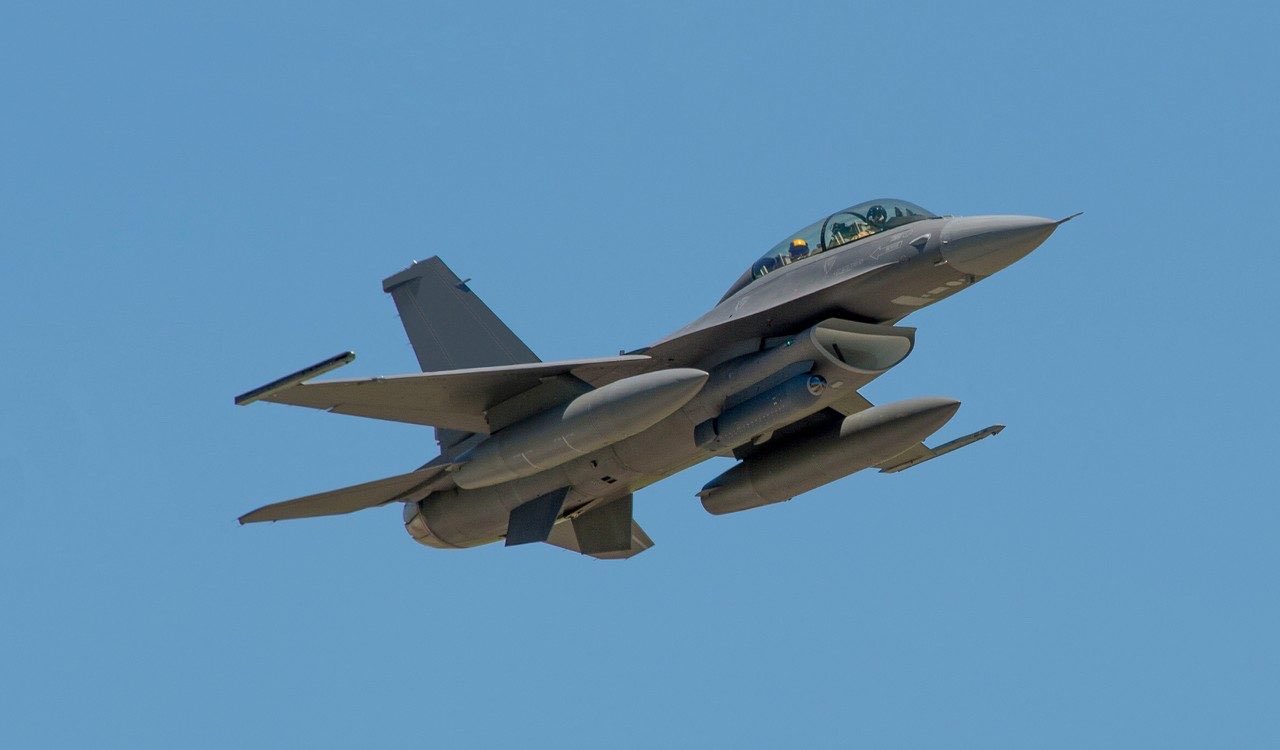Japan is modernizing its military and upgrading its existing fleet of F-15 Eagles in the backdrop of the increased threat to its security.
Contrary to reports about Tokyo downsizing its F-15 jets to accommodate more F-35 stealth fighters, the Japanese Eagles have received a shot in the arm in the form of new upgrades.
Boeing has won a contract for more than $ 470 million from the US Air Force to build new systems for Japan’s F-15 Eagle Super Interceptors, according to a press release from the US Department of Defense.
“For the F-15 Japan Super Interceptor Program, the Boeing Company of St. Louis, Missouri has been awarded a not-to-exceed $471,313,000 undefinitized contract action,” the announcement said on December 30.

According to the Pentagon, the contract includes the design and development of an integrated suite of aircraft systems to support modification of the Japan Air Self Defense Force F-15MJ aircraft, as well as the development, test, and delivery of four Weapon System Trainers.
The contract will be carried out in St. Louis, Missouri, and is slated to be completed seven years from now, on December 31, 2028, according to the department.
This indicates that the Eagles that have been tracking and tracing adversarial aircraft for a long time are here to stay and operate with enhanced power as well as combat capability.
Outside of the United States, Japan boasts the largest fleet of F-15 Eagle fighters. The strong twin-engine fighters combine fast speed, advanced radars, and hefty fuel and armament loads to monitor the vast oceans surrounding the Japanese archipelago.
The US State Department approved the Japanese government’s intention to spend up to $4.5 billion to upgrade 98 Boeing F-15J fighter jets to the JSI standard in late October 2019.

However, due to rising expenses, the project encountered a snag in 2020, and neither Tokyo nor the Ministry of Defense requested funds for it in the fiscal 2020 or fiscal 2021 budgets, as previously reported by EurAsian Times. Japan had recently decided to go ahead with the upgrade with fund allocation slated for next year’s fiscal budget.
In recent years, the Japan Air Self-Defense Force (JASDF) has detected airspace violations by Chinese and Russian military aircraft on multiple occasions, and the number of interceptions carried out by its F-15Js has increased as well. The F-15J’s dependability and relevance will be critical to ensuring the country’s air sovereignty.
USAF Eagles In Japan
The Lockheed Martin developed legion pod has been sighted for the first time aboard US Air Force F-15C Eagle warplanes based at Kadena Air Base in Okinawa, Japan, reported The Drive.
This system includes an IRST (infrared search and track sensor), which gives the pilot a new means to detect and track other aircraft at great ranges, even those that use stealth technology to avoid radar detection.
While the legion pod has been observed on test Eagles for some time, this appears to be the first indication that frontline F-15C/Ds are already flying with the sensor overseas, especially on the Japanese territory.

Legion Pod is a multi-function sensor technology that allows for collaborative targeting in radar-denied areas. Because Legion Pod has a common interface, it can be simply installed on any aircraft without disrupting the operating flying program.
Despite their age, the US Air Force’s fleet of approximately 220 F-15C/Ds is still a potent air-superiority fighter, with a combat record that is unmatched among other in-service fighters.
Although a replacement in the form of the F-15EX is on the way, the original F-15C/Ds have been updated numerous times to maintain them combat-ready. Japan, however, has remained committed to operating the same Eagles with upgrades.
The Air Force had earlier stated that the pod would likely reach its first operational capability in 2020, thus the fact that the store has already emerged on a frontline Pacific Air Forces (PACAF) F-15 at Kadena shouldn’t come as a surprise.
Furthermore, because of its critical location in relation to China, North Korea, and Russia, the Japanese site was likely among the first to receive the legion pod. Japan has been vocal about its threat perceptions recently which could be a possible trigger for the USAF to expedite the deployment of legion pod equipped-Eagles to Japan.
F-15 Eagles
For decades, the F-15 Eagle has served as the premier fighter jet and interceptor for the United States Air Force. The Eagle achieves air superiority through a combination of unrivaled maneuverability and acceleration, range, armament, and avionics.

It has the ability to breach enemy defenses and outperform adversary aircraft. The F-15 possesses electronic systems and weaponry to identify, acquire, track, and strike enemy aircraft. The weapons and flight control systems are designed to allow a single person to engage in air-to-air combat safely and effectively.
High engine thrust-to-weight ratio and minimal wing loading provide the F-15 with outstanding maneuverability and acceleration. The F-15 can carry a wide range of air-to-air weapons. Using the head-up display and the avionics and weapons controls on the engine throttles or control stick, an automated weapon system allows the pilot to engage in aerial combat safely and effectively.
The US Air Force has decided to buy brand new F-15EXs from Boeing rather than upgrade its existing F-15Cs. Japan, on the other hand, intends to keep its F-15Js from the 1980s and update them with new capabilities.
The increased Chinese intrusions into the Taiwanese airspace, exercises in the Pacific Ocean and enhanced Russian deployment along the Kuril island make the upgrades on F-15 Eagles all the more significant — both on the Japanese F-15 as well as on the USAF Eagles stationed in Japanese territory.
- Contact the author at sakshi.tiwari9555@gmail.com
- Follow EurAsian Times on Google News




